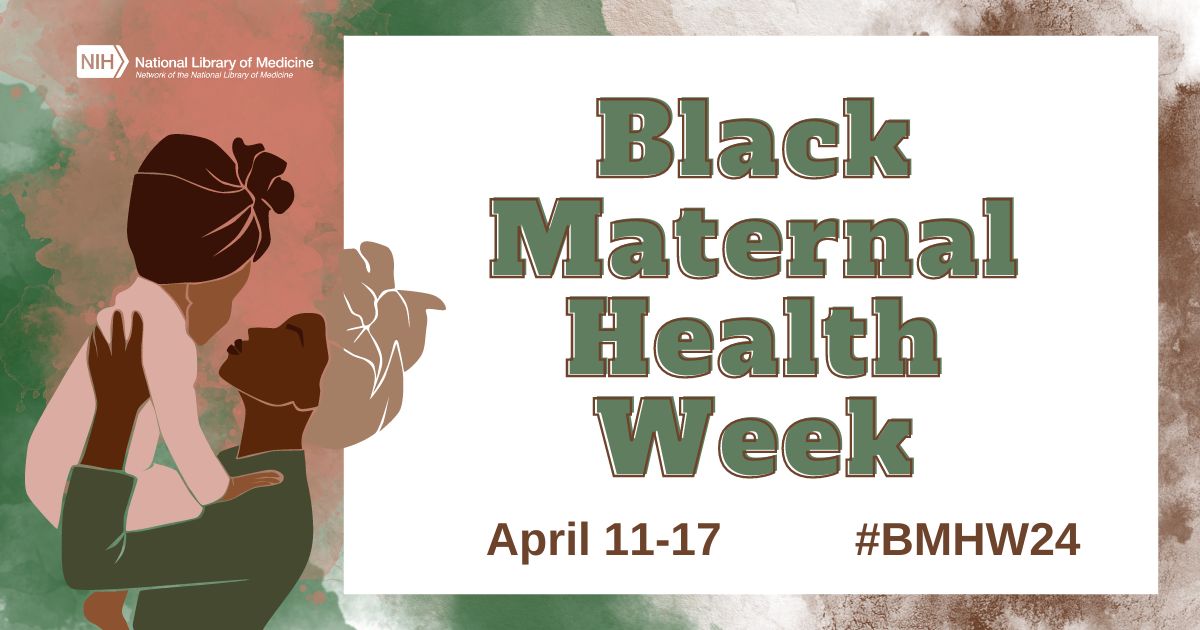Dispatches from PLA 2016: Engaged and Inclusive

One of the panels on my must-attend list at PLA was “Engaged and Inclusive: Institutional Approaches to Racial Equity and Social Justice” presented by Sarah Lawton, of the Madison Public Library, and Tariq Saqqaf of the City of Madison (Wisconsin), Office of the Mayor. The program focused on the methods, tools, and resources used by the Madison Public Library to address issues of racial equity and to create inclusive social spaces through innovative “equity impact tools” and neighborhood resource teams. As someone who is interested in social justice issues, I was very interested to hear how these concepts integrated with library practices.
The presenters briefly discussed the background of the Racial Equity initiatives and the impetus for their development. Madison, Wisconsin, is well known for its livability and often tops “best city” lists, but Tariq Saqqaf remarked that some Madison residents ask, “Best for whom?” Public institutions often don’t reflect Madison’s communities of color, and civic improvements are often concentrated in white neighborhoods. Hence, many in Madison’s communities of color weren’t surprised by the findings in the 2013 Race to Equity study, which revealed the pervasive racial disparities in Madison and Dane County. What emerged was a citywide initiative to address these issues.
Key concepts in racial equity were given an overview. There are meaningful differences between the concepts of equity and equality. Equality, “giving everyone the same thing,” is often seen as fair but fails to acknowledge the differences in opportunities and resources. Equity, on the other hand, acknowledges these differences through practices that are inclusive, intentional and thoughtful while providing a “just and fair inclusion into society.” The presenters also discussed the concept of implicit bias and the difficulties individuals have with recognizing their own biases. Tariq illustrated these concepts with personal anecdotes from his participation in civic activities in Madison. In one notable incident, he had just finished a productive roundtable meeting with city leaders when one of the participants told Tariq, “You speak very good English.” This may seem like an innocuous comment, but to Tariq, a native of Madison, assumptions about his background—and by extension, his identity—are examples of the kind of microaggressions communities of color face daily.
The presenters also discussed the challenges of implementing racial equity in institutions, describing the challenge of working against structural racism as being “up against the machine.” Structural racism is a manifestation of institutional and individual racism and can ultimately lead to “a history and current reality of institutional bias across all institutions.” The presenters proposed a number of ways structural racism can be approached; some examples: community empowerment, development of systems for accountability, educational programs, equity analysis, and bias reduction strategies.
In order to confront the disparities outlined in the Race to Equity report, racial equity and social initiatives were developed to assist individuals and organizations in exploring issues of racial equity. The online Racial Equality tool features research, tips, ideas, and other information to help in increasing understanding of social justice issues. Another initiative, Neighborhood Resource teams, work with city staff, residents and stakeholders, to help improve city services to underserved populations.
Libraries can implement these strategies by normalizing conversations about race and racism, utilizing the resources in the Racial Equity tool, implementing racial equity policies within the institution and organizing to achieve racial equity. Libraries can play an important role in these movements, they added. “We can be a critical force for institutional inclusions.” The conversation ended with an engaging question-and-answer session. A community outreach specialist from Texas shared valuable insights gained from promoting library services among teens of color. Ultimately, one of the most important factors in gaining trust among residents is having staff which reflects the communities being served—just one of the excellent takeaways from an informative and lively presentation.
Tags: equity and equality, microagressions, racial equity, social justice








